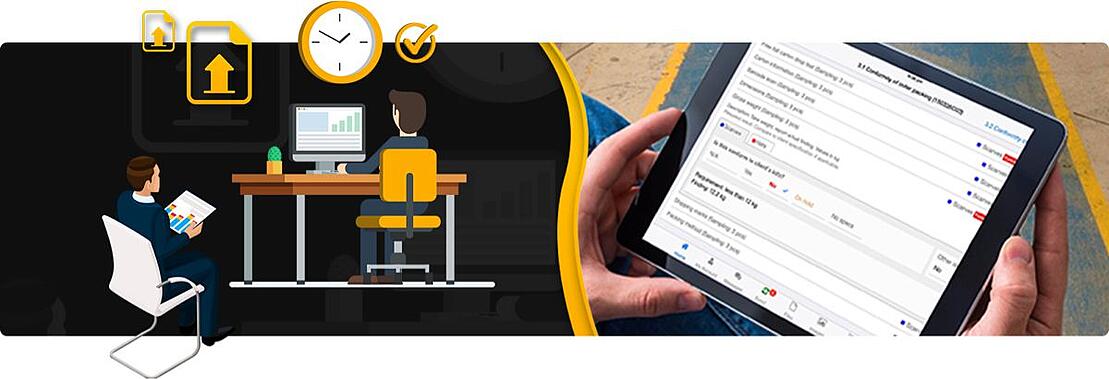Technology has advanced so much in the past 25 years, our team has seen incredible advances in factory management tools. Yet, many factories still rely on outdated systems or no systems at all.
In the 1990s, when I was working for General Motors and Chrysler, large corporations used expensive Enterprise Resource Planning (ERP) systems to get data about their operations on a laptop or other computer. This could be done in any area where you could access the internet. As the Senior Manager, it was great to see how the areas of the factory were running and be able to make calls and ask questions, and to help if I could to resolve issues.
Costs, quality, and the delivery of product could be known by senior managers very easily. We could see many aspects of the factory clearly.
However, even today, setting up these ERP systems properly can be very expensive and difficult. Though ERP can be comprehensive in their features, they're not always the go-to solution when you need to collect and view information about your factory. Now, we have the ability to use ‘apps’ on smartphones or tablets to see the results.
The Challenges of Using Traditional ERP Software

A successful ERP implementation not only requires a focus on people and processes, but it requires a focus on timeline development, project governance and resources planning. Without a focus on these pre-implementation activities, the ERP implementation may be delayed or over budget.
Many companies with an ERP can see a lot of information on the office computer, but it often takes a lot of time and money to set it up for your needs. A company may invest in an ERP system with all the bells and whistles, but in many cases, they aren't working very well. These are some common issues we see:
- Test engineers haven’t set up microcontroller units on testing jigs that could collect critical data.
- ERPs were implemented with simplistic models that don’t fit the realities of the shop floor, and people are frustrated.
- In many small and medium size factories, the ERP implementation is still quite immature… or lacking entirely.
It can be tempting keep pushing for a classic ERP implementation and follow what the ERP consultants suggest, simply because of how much your factory has already invested into making the system work. However, these costs may only continue growing.
Panorama Consulting Group found in 2016 that within 72% of all 200+ ERP implementations they studied, one or more of these three things will happen, with a 31% chance that at least two occur:
- Implementation takes longer than expected
- Implementation costs more than expected
- Implementation fails to deliver at least half of the expected business benefits
The Benefits of Using a Management App in Your Factory

While it makes sense to put in place a simple app that collects data in a simple way, we are not saying you should scrap your ERP system altogether. In our experience, it may be better to use several best-in-breed systems and interface them, rather than try to have one system handle everything—including what it doesn’t do well.
Quality and process control is the key to this. As with anything, your quality allows you to reduce scrap, lessen reruns, reduce costs of repair, reduce manpower needed, and ensure product is delivered on time.
With the proper systems in place, workers who may be in meetings or otherwise away from the factory floor can keep track of the work even when they're off-site. The list is long with benefits, among which include:
- Quality engineers can see problems starting to occur statistically and move to fix them before the process or product gets outside of its control parameters.
- Manpower and costs can be watched so that overtime, scrap, or old materials do not affect the bottom line.
- Managers can watch their inventory usage and plan better.
Better Information = Better Factory Management
It is true that information is the most important commodity a manager has. The use of that information, by setting up a scorecard that you can easily see, makes that information powerful. To that end, CMC highly recommends using SynControl, an inexpensive, easily accessible quality inspection app capable of moving your company forward.
Currently available for iOS and Android devices, SynControl offers the ability to collect information from the quality, maintenance, and production staff and populate it in real-time in a database, and to show alerts when needed. For managers, it means a better system and much better visibility into what happens.
You can learn more about their software by visiting their website or contacting us directly. Our team can give you a short demo of the SynControl app and what it can do for small or midsize factories.
Improve your factory's management, production planning and quality with the below templates.




